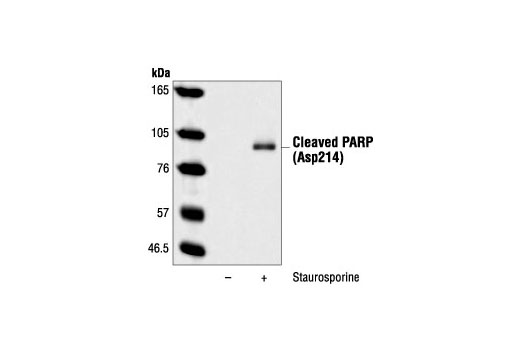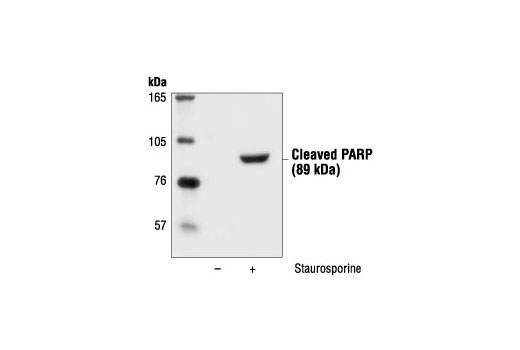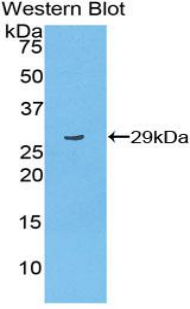Parp1
| Gene Symbol | Parp1 |
|---|---|
| Entrez Gene | 11545 |
| Alt Symbol | 5830444G22Rik, AI893648, ARTD1, Adprp, Adprt1, C80510, PARP, PPOL, parp-1, sPARP-1 |
| Species | Mouse |
| Gene Type | protein-coding |
| Description | poly (ADP-ribose) polymerase family, member 1 |
| Other Description | ADP-ribosyltransferase (NAD+, poly (ADP-ribose) polymerase) 1|ADP-ribosyltransferase (NAD+; poly (ADP-ribose) polymerase) 1|ADP-ribosyltransferase diphtheria toxin-like 1|ADPRT 1|NAD(+) ADP-ribosyltransferase 1|msPARP|poly [ADP-ribose] polymerase 1|poly[ADP-ribose] synthase 1|poly[ADP-ribose] synthetase 1 |
| Swissprots | P11103 Q9JLX4 Q9QVQ3 |
| Accessions | EDL13152 P11103 AF126717 AAF61293 AK028042 AK030889 BAC27173 AK088679 BAC40500 AK135977 BAE22758 AK146677 BAE27352 AK152360 BAE31150 AK159433 BAE35080 AK165158 AK166104 BAE38574 AK167699 BAE39743 AK169326 BAE41080 AK195303 AK202655 AK210311 BC012041 AAH12041 X14206 CAA32421 NM_007415 NP_031441 |
| Function | Positively regulates the transcription of MTUS1 and negatively regulates the transcription of MTUS2/TIP150. With EEF1A1 and TXK, forms a complex that acts as a T-helper 1 (Th1) cell-specific transcription factor and binds the promoter of IFN- gamma to directly regulate its transcription, and is thus involved importantly in Th1 cytokine production (By similarity). Involved in the base excision repair (BER) pathway, by catalyzing the poly(ADP-ribosyl)ation of a limited number of acceptor proteins involved in chromatin architecture and in DNA metabolism. This modification follows DNA damages and appears as an obligatory step in a detection/signaling pathway leading to the reparation of DNA strand breaks. Mediates the poly(ADP-ribosyl)ation of APLF and CHFR. Required for PARP9 and DTX3L recruitment to DNA damage sites. PARP1-dependent PARP9-DTX3L-mediated ubiquitination promotes the rapid and specific recruitment of 53BP1/TP53BP1, UIMC1/RAP80, and BRCA1 to DNA damage sites (By similarity). |
| Subcellular Location | Nucleus. Nucleus, nucleolus {ECO:0000250}. Note=Localizes at sites of DNA damage. {ECO:0000250}. |
| Tissue Specificity | Widely expressed. Expression is correlated with proliferation, with higher levels occurring during early fetal development and organogenesis and in the highly proliferative cell compartments of adult. Expressed in B-cells that have been induced to switch to various Ig isotypes. {ECO:0000269|PubMed:9642267}. |
| Top Pathways | Base excision repair |
Cleaved PARP (Asp214) (7C9) Mouse mAb (Mouse Specific) - 9548 from Cell Signaling Technology
|
||||||||||
Cleaved PARP (Asp214) Antibody (Mouse Specific) - 9544 from Cell Signaling Technology
|
||||||||||
Anti-cleaved PARP antibody - ab2322 from Abcam
|
||||||||||
Monoclonal Anti-PARP antibody produced in mouse - P248 from Sigma-Aldrich
|
||||||||||
PARP antibody [15B47] - GTX53392 from GeneTex
|
||||||||||
PARP antibody - 70R-11641 from Fitzgerald
|
||||||||||
PARP Antibody - abx102686 from Abbexa
|
||||||||||
PARP1 antibody - SM5160 from Acris Antibodies
|
||||||||||
PARP1 antibody - SP5460 from Acris Antibodies
|
||||||||||
PARP1 antibody - PAB9559 from Acris Antibodies
|
||||||||||
Rabbit Anti-PARP (Cleaved) Antibody - 168-10119 from RayBiotech
|
||||||||||
PARP, Monoclonal Antibody - MBS690048 from MyBioSource
|
||||||||||
Poly ADP Ribose Polymerase (PARP), Polyclonal Antibody - MBS2017296 from MyBioSource
|
||||||||||
PARP-1 (mouse) polyclonal antibody - ALX-210-619-R100 from Enzo Life Sciences
|
||||||||||
PARP-1 antibody - pab10160 from Covalab
|
||||||||||
Polyclonal Antibody to Poly ADP Ribose Polymerase (PARP) - PAA279Mu01 from Cloud-clone
|
||||||||||
PARP (Cleaved) Antibody - 3141-100 from Biovision
|
||||||||||
PARP (Cleaved), Polyclonal Antibody - MBS840754 from MyBioSource
|
||||||||||
anti-PARP (cleaved) antibody - ARG20042 from Arigo Biolaboratories
|
||||||||||
PARP-Cleaved-Antibody - ABV11502 from Abgent, a WuXi AppTec company
|
||||||||||
PARP-1 Antibody - 36-339 from ProSci
|
||||||||||
PARP (Cleaved) Antibody - 3141 from Biovision
|
||||||||||
Cleaved PARP (Asp214) (D6X6X) Rabbit mAb (Rodent Specific) - 94885 from Cell Signaling Technology
|


